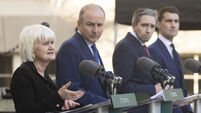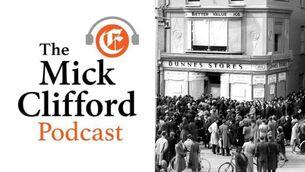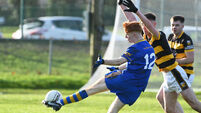Few parallels with Kennedy’s carefree visit
WE FELT privileged that June day, that special day for those of us who hurried into the city centre to crowd the sidewalks along the appointed route. “Here he is,” an excited woman shouted as we got our first glimpse of the 35th president of the United States, John Fitzgerald Kennedy.
The motorcade had turned Paddy Barry’s corner and was coming towards us on Patrick’s Bridge. We strained to get a better view. The boyish-looking president in the back of the limo was relaxed, smiling and deeply tanned.
















